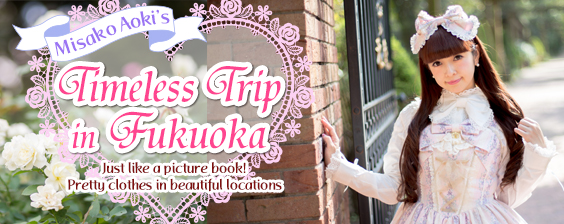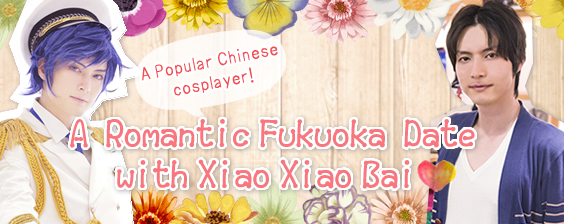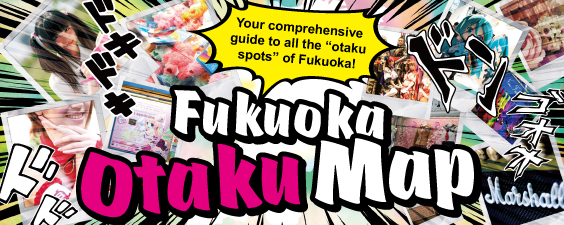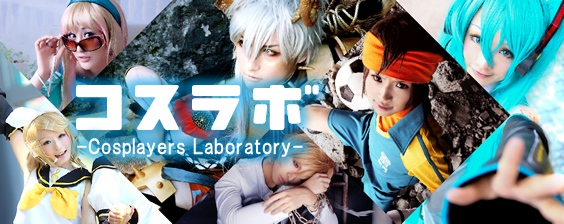- Home
- feature
- Nemu Yumemi presents How to "W...
- LESSON.2: WOTAKU and WOTAGEI T...
LESSON.2: WOTAKU and WOTAGEI Trivia

Here I'll teach you the basic knowledge and key terms you'll need to get you started in the world of "wotaku" and "wotagei." This is just an introduction, though! So brush up on your knowledge and skills here and then take it out into the real world and put it to the test!

 Wotagei refers to the unique dance moves and cheers performed by wotaku at idol and ani-song (anime song) concerts. This type of conduct was considered public nuisance in the past but now it’s regarded as a form of affection and performed as a way of showing your support of a particular group or artist. However, you need to make sure you don’t get too carried away with the jumps or obstruct other people’s space when doing wotagei, and also be aware that in some places wotagei is prohibited. A true wotaku observes the rules and the atmosphere of each event space before breaking out into an wotagei routine. And be aware that the rules and ways of initiating wotagei differ in different regions as well.
Wotagei refers to the unique dance moves and cheers performed by wotaku at idol and ani-song (anime song) concerts. This type of conduct was considered public nuisance in the past but now it’s regarded as a form of affection and performed as a way of showing your support of a particular group or artist. However, you need to make sure you don’t get too carried away with the jumps or obstruct other people’s space when doing wotagei, and also be aware that in some places wotagei is prohibited. A true wotaku observes the rules and the atmosphere of each event space before breaking out into an wotagei routine. And be aware that the rules and ways of initiating wotagei differ in different regions as well.Also, only beginners call wotagei a “dance”; the pro’s say “wotagei wo utsu” (lit.: to "beat out" wotagei). So the next time you see a cute girl at a concert, why not go up to her and say, “hei, issho in wotagei wo utanai kai?” (“hey, do you wanna beat out some wotagei together?”) (бωб)♪


While you can also spell it “otaku” without the “w” – also probably the more common way of writing it – people in the industry all spell it “wotaku” and if you don’t want to come across as an amateur, I suggest you do the same. Nemu spells it “wotaku” by the way. (бωб)


Wotagei involves a lot of pretty violent twists and jumps, and like all intense sports you’re going to develop muscles peculiar to the exercises you perform. We call the muscles that wotaku obtain through wotagei, “wotakin.” (бωб)

 TO stands for “top otaku.” It’s a position that’s decided amongst the fans, so we idols don’t really know too much about it. The TO performs the “regulating” of the idols’ introduction segment – meaning, once an idol introduces herself the audience will usually call out “seino (ready), ~~chan!” and the TO is the person who initiates this by calling out the “seino” part. Also, at certain events “call books” are circulated throughout the audience containing the phrases to call out for each of the idols. You see these quite often at concerts of voice actresses in particular.
TO stands for “top otaku.” It’s a position that’s decided amongst the fans, so we idols don’t really know too much about it. The TO performs the “regulating” of the idols’ introduction segment – meaning, once an idol introduces herself the audience will usually call out “seino (ready), ~~chan!” and the TO is the person who initiates this by calling out the “seino” part. Also, at certain events “call books” are circulated throughout the audience containing the phrases to call out for each of the idols. You see these quite often at concerts of voice actresses in particular.
The “mix” is what you hear being shouted out by wota at idol performances.
The mix doesn’t involve body movements of any kind so there are conflicting ideas on whether to include the mix as a part of wotagei or not.
Different places have made their own versions of the mix and it is always evolving but the most common is the standard version (below).
① Standard Version
“Tiger (taiga), Fire (faiya), Cyber (saiba), Fiber (faiba), Diver (daiba), Viber (baiba), Jya Jya (jyajya)”
② Japanese Version #1
“Tora, Hi, Jinzo, Seni, Ama, Shindo, Kasenbijokyo”
③ Japanese Version #2
 “Pink, Maron, Potetsu, Bust, Sister, Oily, Box”
“Pink, Maron, Potetsu, Bust, Sister, Oily, Box”④ Ainu Version
“Chape, Ape, Kara, Kira, Rara, Tusuke, Myahottusuke”
Think you can remember all that? (бωб)

The glow sticks that you see being waved around at idol and ani-song concerts. They are also known as chemical lights, lumica and lumica lights, but in Japan these are all collectively referred to as “cyalume.”
Make sure to have your cyalume in hand when you go to support your idols at a concert. There are various color variations but the group members have their own representative colors also, so a lot of people show their support for their favorite member by waving a glow stick in an idol's particular color. Nemu's color is green by the way!
You can also get giant glow sticks called “daisenko” which give off even more light than regular glow sticks. These can be purchased at various novelty shops and 100 Yen shops throughout Japan.
The normal way of lighting a glow stick is by simply snapping it with both hands like in fig. 1, but the way you see some of the pro’s do it at concerts is by cracking it on the ground in between moves during an wotagei routine – fig.2.
① Basic

● Cracking the stick with both hands is the standard way of lighting a glow stick.
② Advanced

● Once you've honed your skills you can crack it on the ground mid wotagei routine.


Named after the character from the Marvel comics, “X-men,” this term is used to describe wotagei moves performed with glow sticks inserted between your fingers – just like the claws of Wolverine. (бωб)


This term is used to describe the situation when the glow stick that someone is waving slips from their hands and goes flying through the air. It’s called stardust because when this happens it looks just like a shooting star. It’s quite pretty when you see it happen from the top floor seating and it goes flying right to the front of the stage, but it’s also rather dangerous so be careful (бωб)


You often see this at idol performances. When your favorite member (your “oshi-men”) has a solo part in a song and you want to make your presence and feelings towards her known then you should perform an oshi-jan (‘jan’ is short for ‘jump’). The higher you jump, the greater your feelings towards the particular idol are perceived to be. I always see some fans oshi-jan when it comes to my part during live performances. (бωб)♪


Short for, “ichi-oshi member.” Oshi-men refers to your favorite member and/or the member in a particular group that you support the most. It was originally a term used by Hello!Project and AKB related groups but now it applies to just about all groups. Oh, and if you happen to change your “oshi-men,” that’s called “oshi-hen.” (бωб)


“DD” stands for “daredemo daisuki” (I like everyone). A DD is someone who doesn’t have a preference for any one member in particular – they like all the idols. If you’re turning up to any and all concerts people might start to think you’re a DD. (бωб)


This term is used to describe people who just stand staring at the stage because they either don’t know how to wotagei or because a group has performed a new song and the wotagei arrangement hasn’t been decided yet. We hope you pick up the songs and moves quickly though (бωб)


Like with the glow sticks, wearing a happi (traditional Japanese festival coat) in the same color as your “oshi-men” or wearing the group’s t-shirt is another way of showing your affection and is a good way to communicate with other fans. (бωб)
 Measures and provisions are being taken at various locations in an effort to prevent the spread of the new coronavirus.
Measures and provisions are being taken at various locations in an effort to prevent the spread of the new coronavirus.












